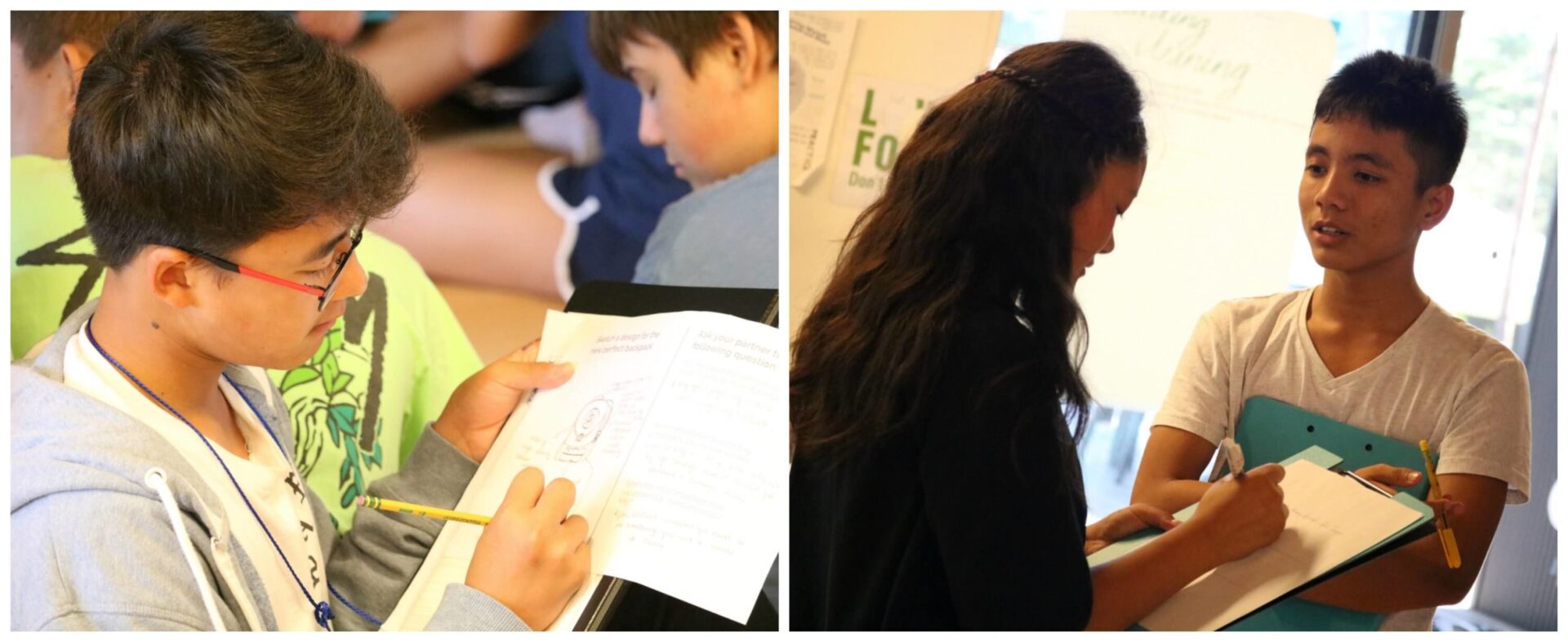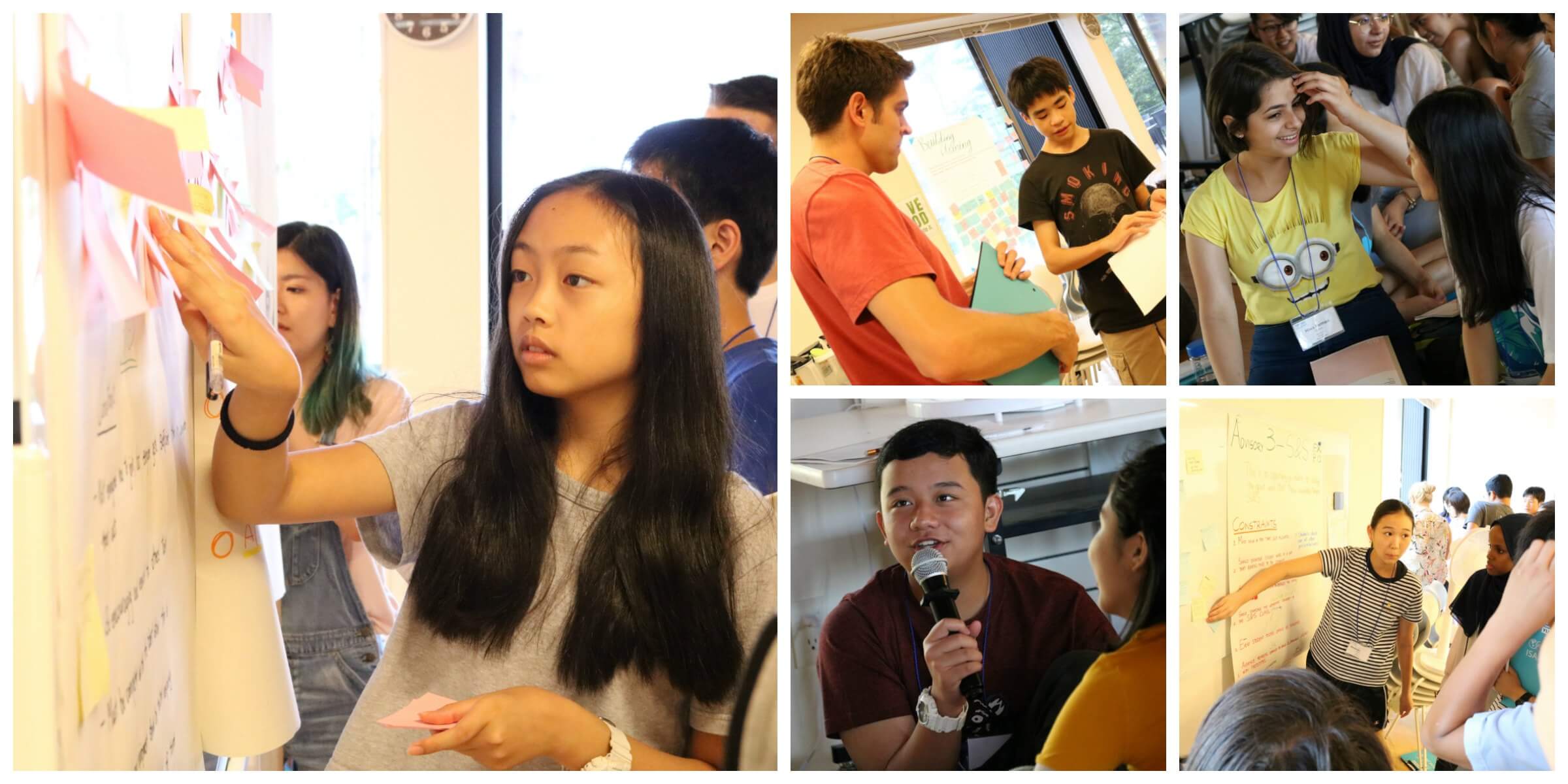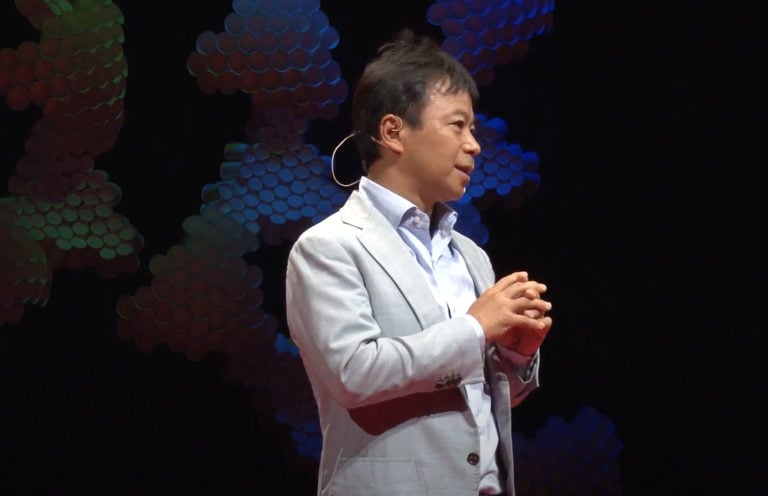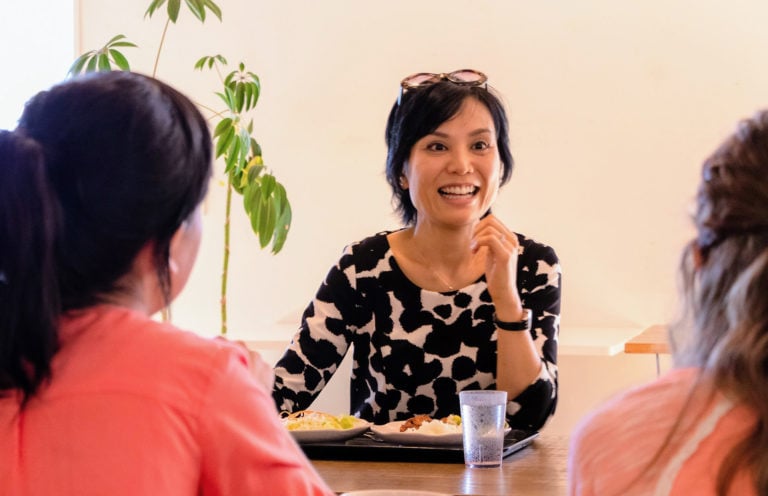Our Students are getting more and more immersed in the Summer School program after the first few days of fun and excitement! In this post, we would love to introduce you to our Design Thinking curriculum, which is integral to our program here, as it feeds into almost every aspect of what we hope our students will be able to do in the two weeks here.
Design Thinking is a creative problem-solving framework, popularized by well-known organizations including SAP, IDEO and the Stanford d.school. The goal of the framework is to help remain intentional while designing, ensuring that you create something of value for those you intend to use it. For example, when starting off the workshop, students were asked to create their idea of a perfect backpack, then discuss with a partner about some of their needs for a backpack. Many of our students soon learnt that what they thought was perfect for themselves was in fact not perfect for others. They then worked on recreating what would be a better backpack by asking questions and understanding the needs of their partner. Through this simple exercise, our students started to understand what it meant to be empathetic in the design process.
 Why was this important? Well, in the next moment, they were given a surprising task — designing parts of the Summer School program! Giving students an opportunity to think about and design events within the program, such as organizing the Sports Festival, reflection times and even building cleaning, allows them to have ownership over their time here. It also proves to them that they can shape their own experiences, as well as the experiences of those around them. As opposed to asking them to design an intangible event, each project was going to be experienced by the students, so it had more meaning and was more relevant. Importantly, it was a real-time, real-world chance to design and prototype their ideas, taking into account the needs and feedback of their peers.
Why was this important? Well, in the next moment, they were given a surprising task — designing parts of the Summer School program! Giving students an opportunity to think about and design events within the program, such as organizing the Sports Festival, reflection times and even building cleaning, allows them to have ownership over their time here. It also proves to them that they can shape their own experiences, as well as the experiences of those around them. As opposed to asking them to design an intangible event, each project was going to be experienced by the students, so it had more meaning and was more relevant. Importantly, it was a real-time, real-world chance to design and prototype their ideas, taking into account the needs and feedback of their peers.
Throughout the ideation process, it was incredibly heartening to see how our students took their projects very seriously. Initially, they were given a list of constraints to work with — the Talent Show group, for example, had to make sure the event space they chose could accommodate a variety of acts — but they also had to come up with questions to interview students outside their groups to learn unexpected opinions they might not have come up with. This gives them a chance to redefine the criteria and constraints of their projects through brainstorming sessions.
 Our DT facilitator, Mo, noticed was how students started off their projects hesitant, unsure and hoping for answers, but quickly gained confidence throughout the process. He shared, “As I started to ask more guiding questions, you could see them realizing that some of their to-dos weren’t as big or complicated as they feared. You could see their confidence building and they started trusting that their instincts on what they needed to do were often right.”
Our DT facilitator, Mo, noticed was how students started off their projects hesitant, unsure and hoping for answers, but quickly gained confidence throughout the process. He shared, “As I started to ask more guiding questions, you could see them realizing that some of their to-dos weren’t as big or complicated as they feared. You could see their confidence building and they started trusting that their instincts on what they needed to do were often right.”
We are confident that our students are thoroughly enjoying themselves, and are fully engaged in the process of designing their projects. We are excited to experience the events our students have designed for the rest of the program!




